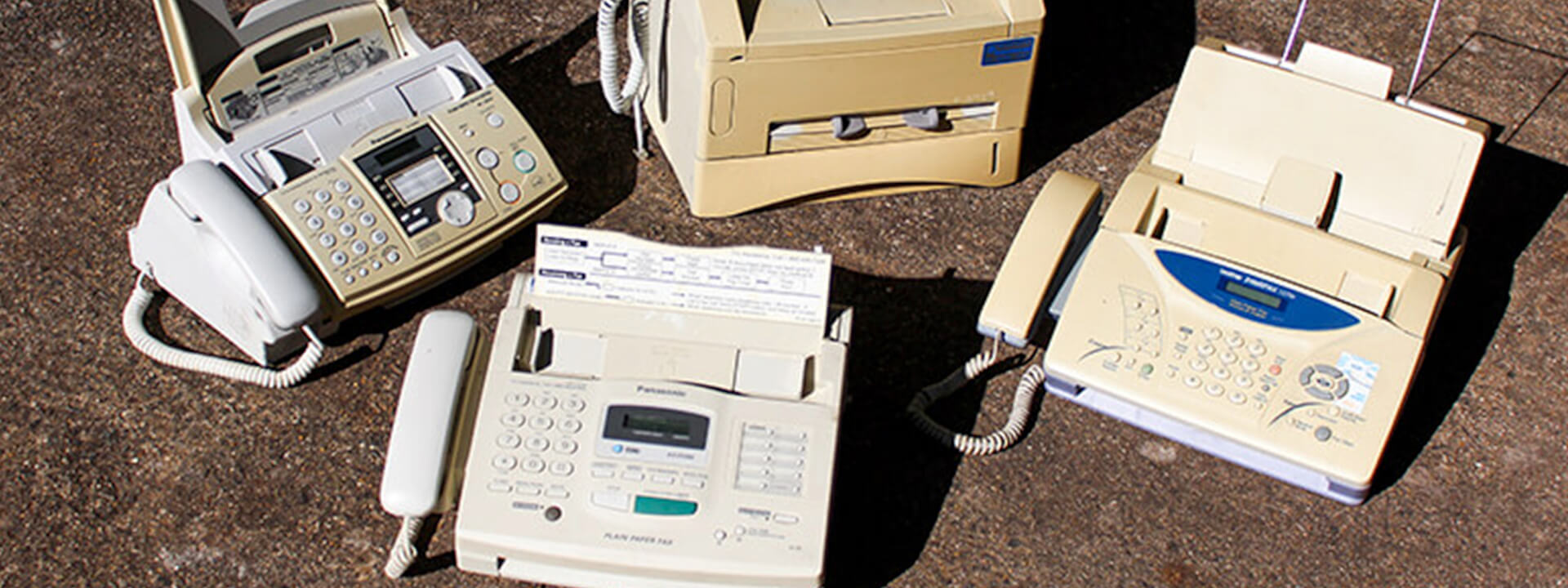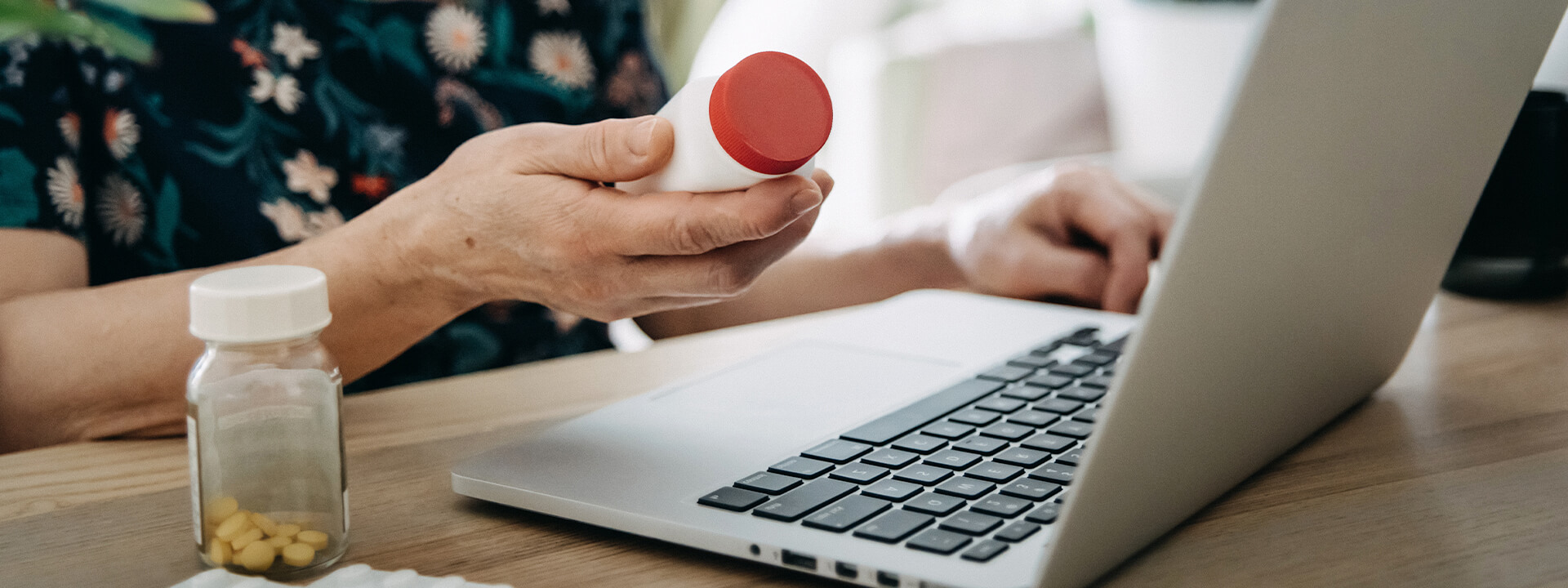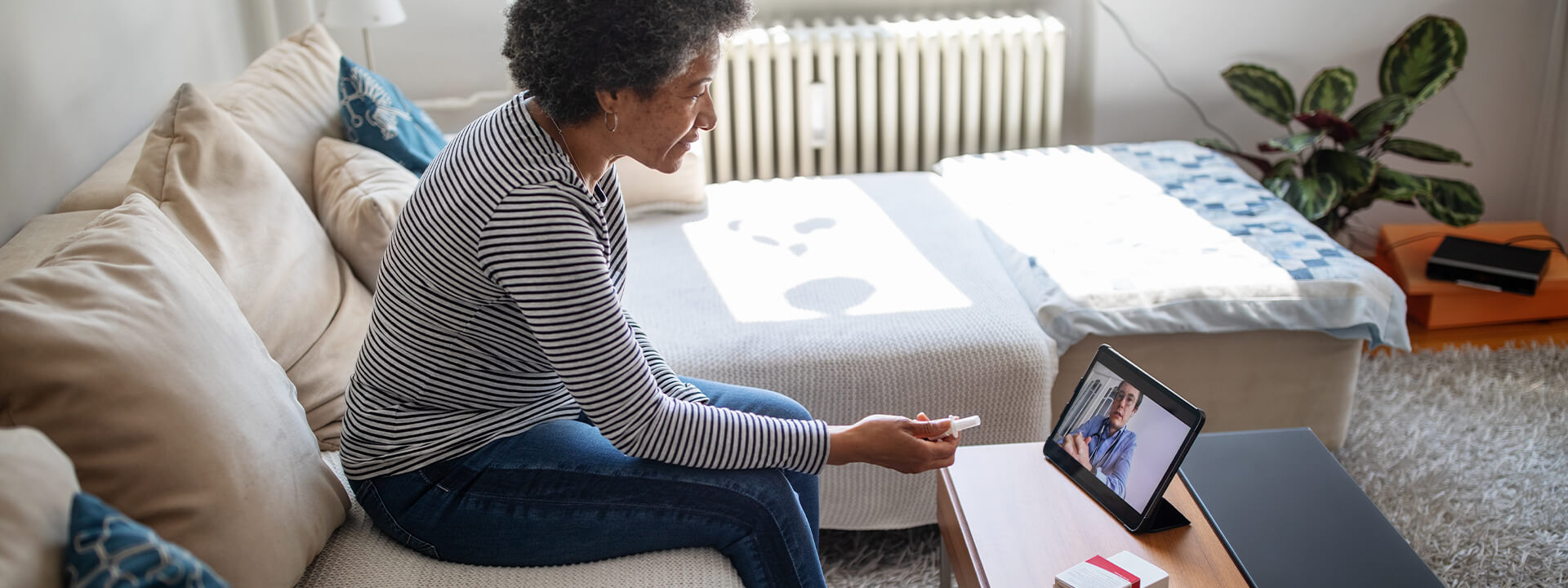It's not too often you have a doctor and an artist present on the same topic—but when it does happen, it makes for an interesting conversation.
In a recent LinkedIn Live session, Artist Josh A. Weston and Surescripts Chief Medical Information Officer, Dr. Andrew Mellin, joined Melissa Nix, Surescripts Editorial Director, to rethink the fax—and discuss in-workflow solutions that align better with patient care.
This conversation could not have come at a more critical time. COVID-19 cases and hospitalizations are now at an all-time high—heightening challenges for providers as they continue to rely on antiquated technology like fax machines to relay critical information.
Currently, COVID-19 case reports, patient clinical history and medication history are being transmitted via fax machines, creating bottlenecks in the coronavirus response for public health agencies. This is no surprise since fax machines still account for 75% of all medical communication.
This outdated tool is creating dangerous care gaps and fueling administrative burnout as health care providers try to understand and react to this highly contagious and regularly resurging virus. For these reasons and more, it's time to rethink the fax.
So we asked ourselves: what would it look like if we gave the fax machine a new purpose? Our answer led us to a partnership with Josh, who has taken old fax machines and made them useful again. These "ArtiFax" have a new lease on life as pieces of art, which could have a more positive effect than its current role in healthcare.
During the LinkedIn Live event, Josh shared some of his design sketches, the ArtiFax creations, and the new workbench he had to create to house this project. Although he described the project as fascinating, he also remarked, "I found terrifying things on the inside as well; these fax machines are a mess inside." He discovered rolls of data information in three of the eight fax machines he took apart. Melissa pointed out that if those fax machines came from doctors' offices, that data could be protected health information.
Andrew agreed that this is an issue. "Josh, you spend your day dreaming about how to turn these faxes into cool art; I spend my days dreaming about how to get them out of the doctors' offices so that you can have more."
"It's inefficient, it takes time, and there are privacy issues. We need to get rid of it," Andrew added. "And I'm happy to say we've made progress. This isn't a hopeless call. If you look over the past decade or so, we moved many communications between the physician's office to the pharmacy—like new prescriptions or refills—to electronic [channels]. And we're seeing rapid adoption of new ways to communicate electronically for things like medication clarifications or alternative lower-cost drug requests."
Watch the LinkedIn Live event to hear what else Josh, Andrew and Melissa shared and learn more about how we can exchange the fax machine for in-workflow solutions that align better with patient care.
Finally, be sure to check out Josh's amazing gallery of Artifax items and get a glimpse into how he created them.


 Dean Riggott Photography
Surescripts
Dean Riggott Photography
Surescripts




